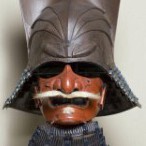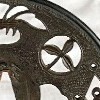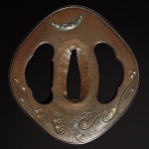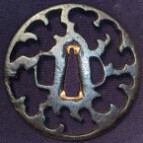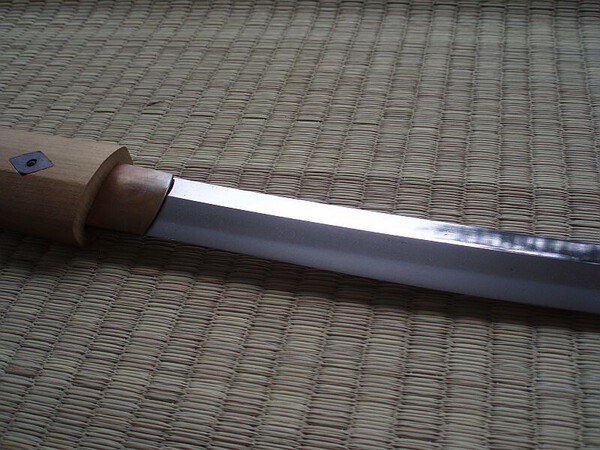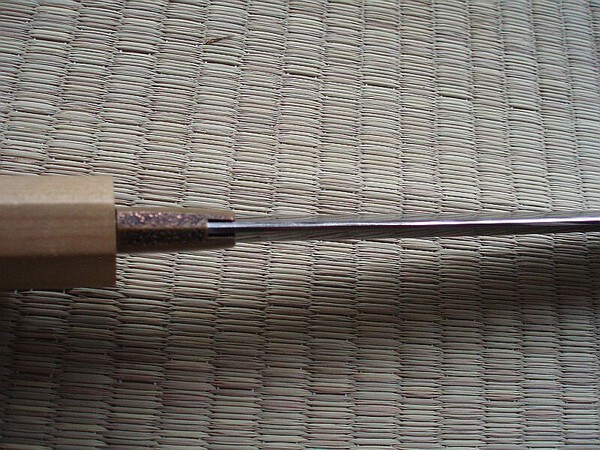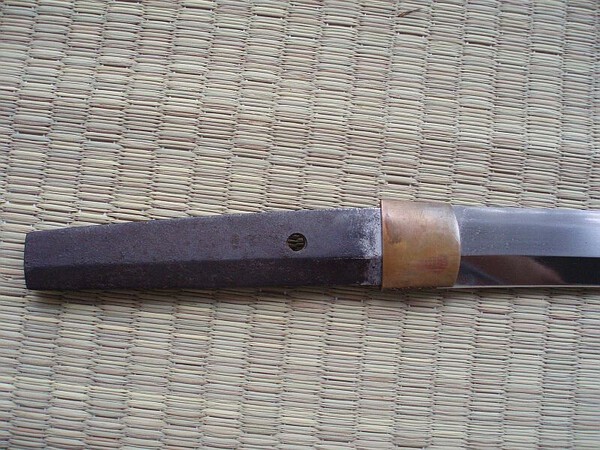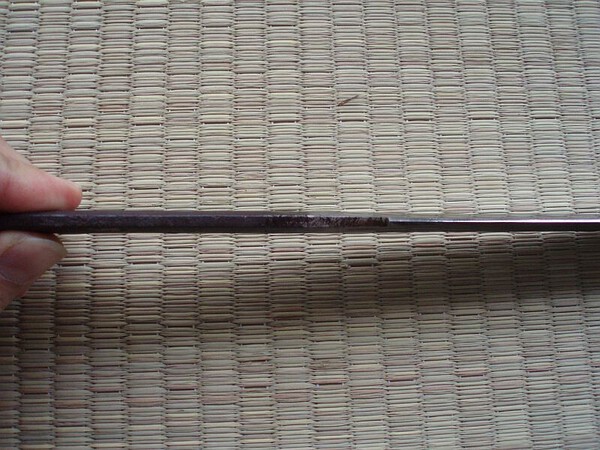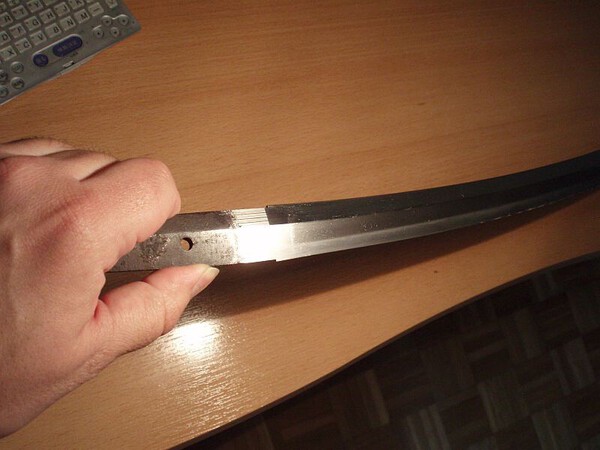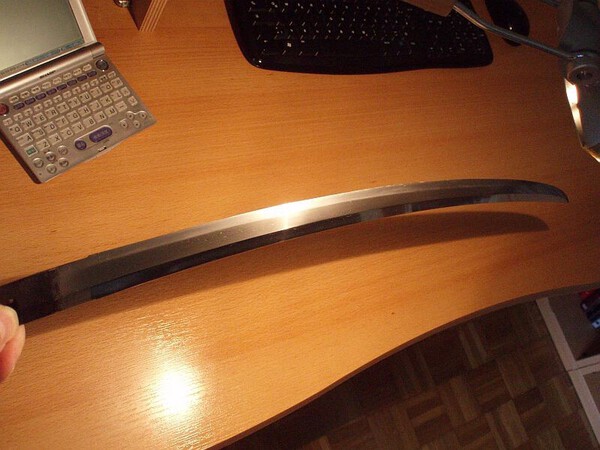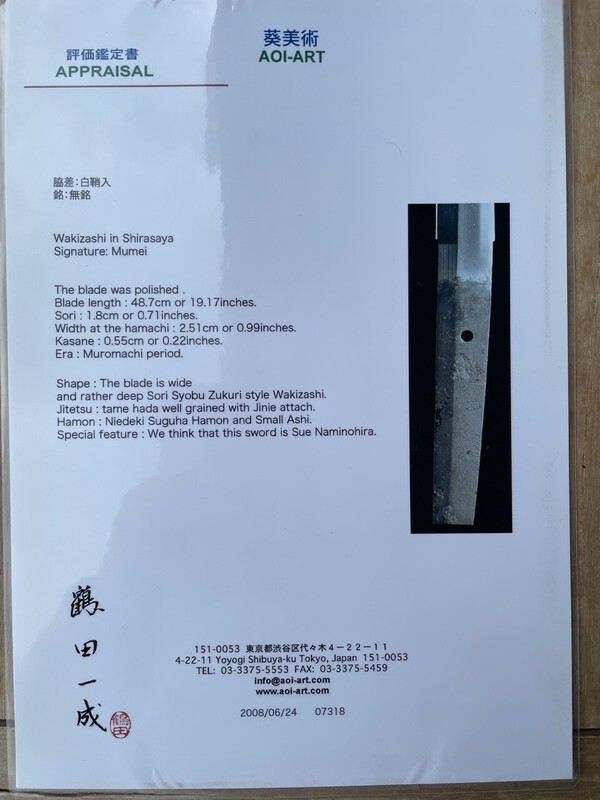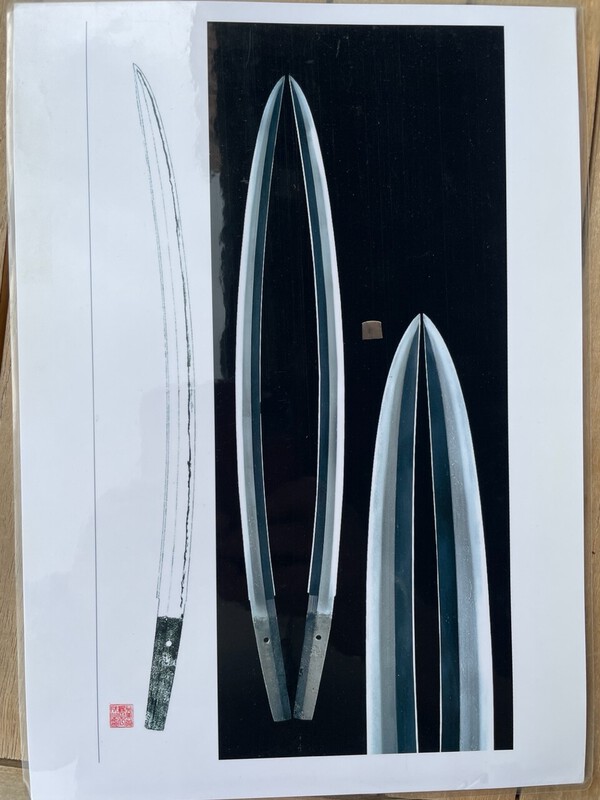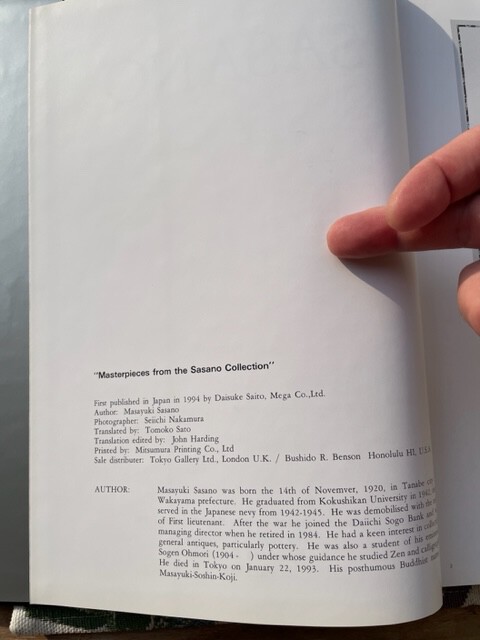-
Posts
193 -
Joined
-
Last visited
Willowyck's Achievements
-
price reduction 250,00 €, excl. postage Kindest regards
-
price reduction 270,00 €, excl postage Kindest regards
-
Willowyck started following Need help with a translation and Ko-Kinko Kogai with box
-
Dear members, I am offering here an early Ko-Kinko Kogai with a box, around late 16th century. It is very well preserved and is made of Yamagane, as was typical for the period. The motif is cherry blossoms in sukidashi-bori over a punched background with clear traces of urushi. The back of the kogai has subtle sujikai-yasurime. Price: 285,00 €, excl postage and PayPal Kindest regards
-
Thanks a lot for your help!
-
Dear members, could someone please tell me what it says on this box for a chawan? Thank you very much. Kindest regards
-
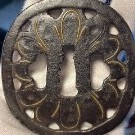
Shobu zukuri Wakizashi, Naminohira, located in Europe
Willowyck replied to Willowyck's topic in Sold Archive
Sold, dear admin please delete this post. thank you -

Shobu zukuri Wakizashi, Naminohira, located in Europe
Willowyck replied to Willowyck's topic in Sold Archive
Sold, pending payment -
Dear members, I am offering here one of the swords that I bought from Markus Sesko, shortly before he left Salzburg/Austria and moved to the USA. The text describing the blade is his, as are the photos. Shobu zukuri Wakizashi The sword has no papers, only the certificate of Tsuruta from Aoi-Art. The nagasa is 48.7 cm, the sori is 1.8 cm, the motohaba is 2.51 cm, and the kasane is 0.55 cm. Tsuruta dates the blade to the Muromachi period and attributes it to the Sue Naminohira school. All in all, a slender, strongly curved wakizashi blade in Shirasaya with the typical features of later Kyushu work, i.e. a whitish, soft-looking jigane. The Hada does not stick out, but is visible. It occurs as a ko-itame with mokume in places and some nagare. The hamon is hardened in nie-deki and appears as a somewhat "frayed" suguha due to the nie-heavy hataraki running parallel to the habuchi. This is typical of Naminohira. The itame-nagare speaks for Sue-Naminohira, since ayasugi often occurs with older Naminohira blades. While the above characteristics were also applied by other Sue-koto schools, the steel color speaks for Kyushu, and there the characteristics conform best to Naminohira. I would like to primarily sell the blade in Europe to avoid customs formalities! Price: 880,00 €, the price does not include postage Kindest regards
-
Thank you very much for your help Jan! Kindest regards
-
I received a tanto with this white paper, but I need help with the translation, please. Kindest regards
-
Dear members, the book is in a brand new and unread condition with dust jacket and cardboard box. 297 masterpiece sukashi tsuba are presented in this 341 page book (descriptions in English). A must have for iron tsuba collectors! Comes in it`s slip case. Price 130,00 €, postage is not included Kindest regards


